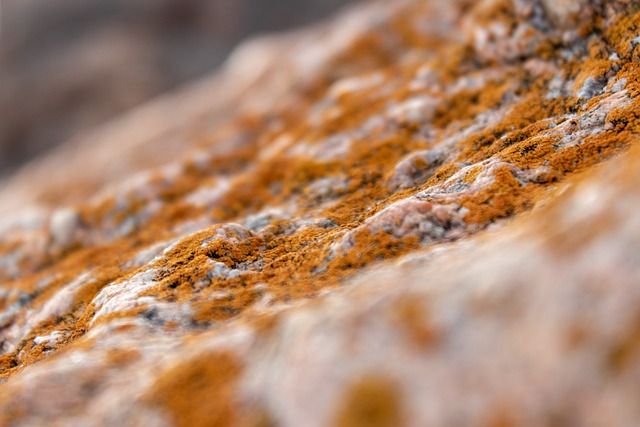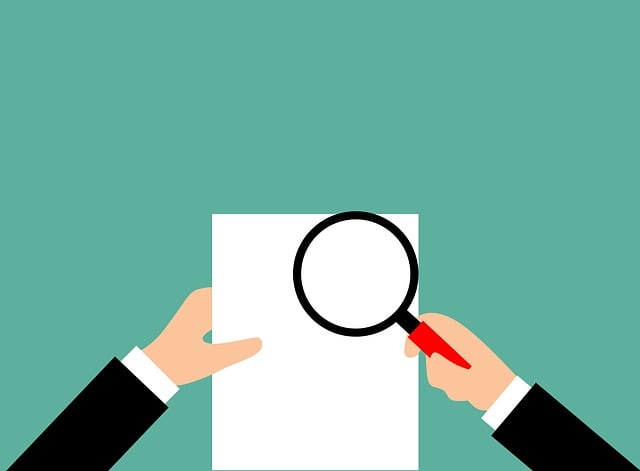Seguin homeowners concerned about mold should understand the difference between mold remediation and mold inspection. Remediation actively removes mold, while inspection identifies its presence, type, and extent. Regular inspections and air quality testing empower homeowners to decide when professional remediation is needed, ensuring a safe living environment. This proactive approach allows informed decisions, comparing costs and benefits, and strategically addressing mold concerns.
“Curious about the difference between mold remediation and inspection for Seguin homeowners? This comprehensive guide breaks down the essentials. Understanding the basics of mold inspection and air quality testing is crucial before embarking on a mold remediation process. Learn when to conduct these tests during an initial assessment, compare costs, and weigh the benefits. By delving into this information, Seguin residents can make informed decisions regarding potential mold issues.”
- Understanding Mold: The Basics of Inspection and Remediation
- When to Conduct an Air Quality Test During Mold Inspection
- Seguin Homeowners' Guide: Comparing Costs and Benefits
Understanding Mold: The Basics of Inspection and Remediation

Mold, a silent invader, can quickly become a significant issue for Seguin homeowners. Understanding the difference between mold remediation and inspection is crucial in addressing this problem effectively. Mold remediation involves the active process of removing and cleaning contaminated areas to prevent further growth. This is typically done by professionals who use specialized equipment and products to safely eliminate mold and restore the affected space.
On the other hand, mold inspection is a proactive step that identifies the presence, type, and extent of mold in a property. It’s about discovering hidden problems and assessing air quality. Homeowners in Seguin might choose to conduct inspections regularly, especially after potential water damage or musty odors. This knowledge empowers them to make informed decisions regarding their home’s health and whether professional remediation is necessary, ensuring a safe and healthy living environment.
When to Conduct an Air Quality Test During Mold Inspection

When conducting a mold inspection, it’s crucial to incorporate air quality testing as part of the process, especially in areas where mold growth is suspected. Unlike mold remediation, which focuses on removing and mitigating mold after identification, air quality testing serves as a preventive measure during the initial inspection phase. By assessing the airborne spore levels, Seguin homeowners can gain valuable insights into potential mold issues before deciding whether to proceed with full-scale remediation or address other underlying problems.
This proactive approach is particularly relevant for homes in humid climates like Seguin’s, where mold thrives. During a mold inspection, air quality tests help determine if mold spores are present at safe levels or if they require immediate attention. Such testing enables homeowners to make informed decisions regarding their health and the state of their home, distinguishing between necessary remediation and potential over-remediation when compared to mold inspection alone.
Seguin Homeowners' Guide: Comparing Costs and Benefits

For Seguin homeowners facing potential mold issues, understanding the difference between mold remediation and mold inspection is key to making informed decisions. While both are essential for maintaining a healthy home environment, they serve distinct purposes in the overall process.
Mold inspection focuses on identifying the presence of mold and its extent. It involves gathering samples from various surfaces to determine types and levels of mold growth. This step is crucial for Seguin homeowners as it provides a baseline for understanding whether remediation is necessary. In contrast, mold remediation entails the actual process of removing mold from affected areas, ensuring the environment is safe and free from future growth. Comparing costs and benefits, an inspection is often a preliminary step, with remediation following if mold is found at unsafe levels. This approach allows homeowners to make budget-conscious decisions and avoid unnecessary expenses.
For Seguin homeowners concerned about mold, understanding the distinction between mold remediation and inspection is key. While remediation focuses on removing mold and mitigating damage, inspection identifies sources, extent, and types of mold growth. Air quality testing during inspections is crucial for gauging environmental conditions and health risks associated with mold. By comparing costs and benefits, homeowners can make informed decisions about whether to conduct a mold inspection, ensuring they address potential issues effectively without unnecessary expenses. When considering mold remediation vs. inspection, Seguin residents now have the knowledge to protect their homes and well-being.
